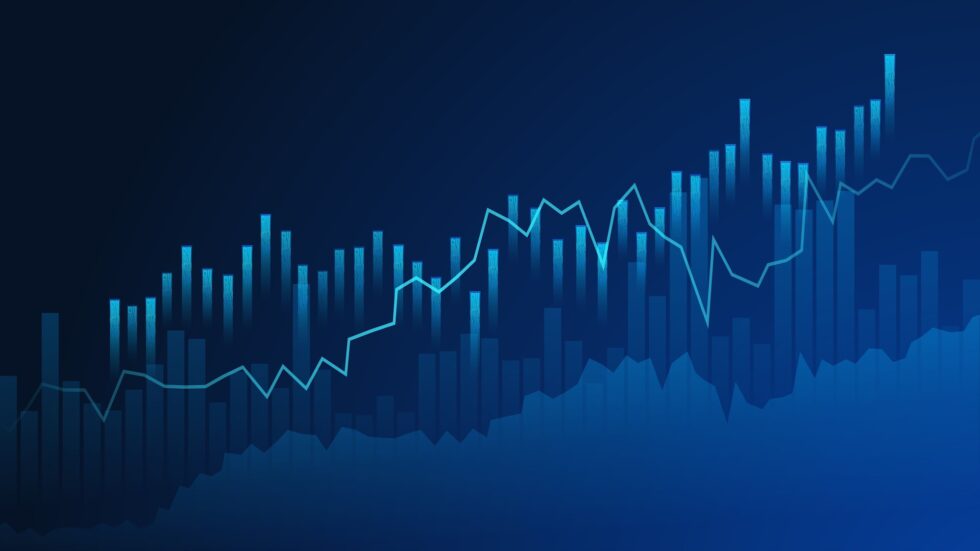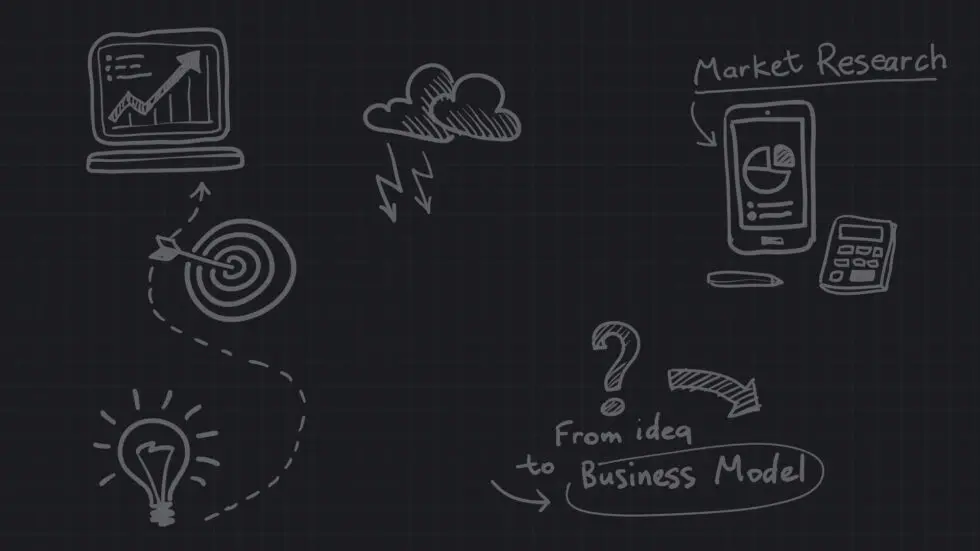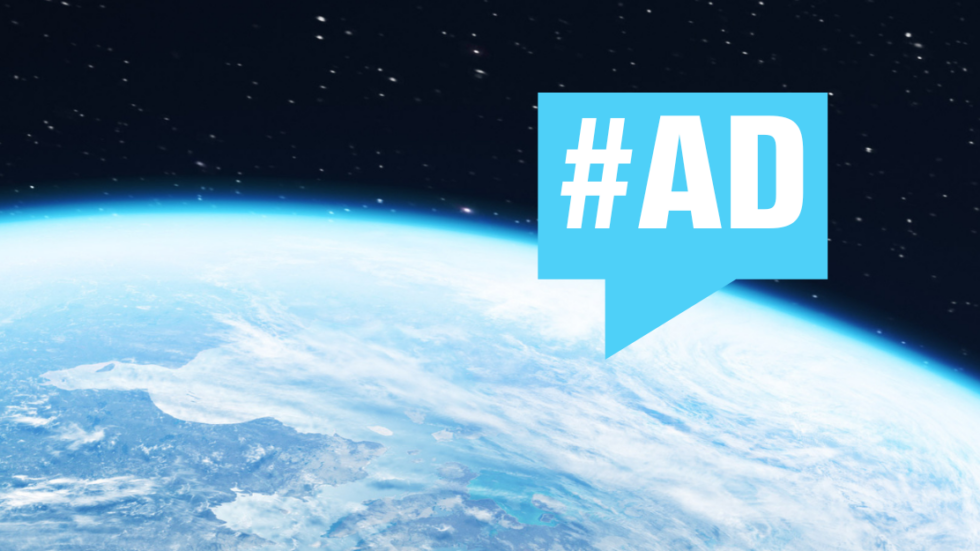Brand awareness campaigns and activations are a powerful tool to drive engagement, and a brand lift study can help turn questions into answers.
COVID-19 is no longer a driving force; attention has shifted elsewhere. However, the lessons from COVID-19 — how people saw brands react and the perceptions they walked away with — remain.
According to a 2021 survey from Deloitte, close to 80% of consumers recalled instances of brands responding positively to COVID-19 to help customers, employees, and communities. And one in four of those respondents indicated that this awareness of the brand’s actions positively shifted how they view the brand; one in five agreed it made them more likely to buy from the brand.
Today, brands that show meaningful diversity, equity, and inclusion (DEI) are seeing that awareness and affinity; Deloitte’s 2022 survey showed that high-growth brands are 1.9x more likely to have DEI-related objectives than low-growth brands. These high-growth brands are leading with purpose and seeing results.
Creator or influencer marketing is one key way to drive this kind of positive awareness. But often, brands aren’t measuring the impact of their efforts. Awareness in influencer marketing, sometimes known as the ‘halo effect,’ can seem nebulous since it’s difficult to follow every brand impression all the way to a sale. But measuring the impact of awareness campaigns is still extremely valuable.
The key to understanding the impact of brand awareness dollars is a brand lift study. These custom research efforts give brands the ability to assess the impact of influencer marketing on brand awareness and purchase consideration, and optimize future campaigns to increase impact.

HOW TO MEASURE BRAND AWARENESS - WHAT IS A BRAND LIFT STUDY?
Brand lift studies survey people after exposure to an influencer campaign to gather data on their impressions. These surveys can be tailored to ask about everything from a viewer’s affinity toward a brand after watching the marketing content, to understanding which messaging within the content resonated most.
Say a brand wants its potential customers to have a clear understanding of how their product works. A brand lift study can assess consumer recall of specific product features to see if the campaign effectively conveyed this information. Each study is customized — by the number of consumers surveyed, to the type of questions asked — to a brand’s unique goals.
Running brand studies across multiple campaigns can generate insights over time to help guide a brand’s marketing strategy, messaging and influencer partnerships to continue to get the most out of every awareness activation.
BRAND LIFT STUDY: MEASURING BRAND RECALL
Brand recall measures how well people remember your brand after seeing your marketing content. Recipients might simply be asked, ‘Which of the following brands do you recall from the video you just saw?’ The brand study will measure both unaided and aided recall (with visual cues or prompts).
Brand recall comes in two flavors: aided and unaided. Aided recall might be measured by presenting several brands and asking which the viewer remembers. Unaided recall might be measured by asking viewers which brands come to mind in a given category. For example, if we say “cola,” there are a couple of brands that spring to mind instantly, and without any further prompring.
For one fintech brand that worked with the team at BENlabs, 86% of people were able to recall the brand without any cues immediately after seeing the company’s Instagram integration. This marked a 14% increase from unaided recall, indicating that the content was effective at promoting strong brand recognition — helping the brand to stand out among its competitors. Being able to quantify the impact of the awareness campaign on their target audience steered the company toward continued investment in Instagram for better ROI on its influencer marketing campaigns.
BRAND LIFT STUDY: MEASURING OPINION SHIFT
Change in opinion measures whether the awareness campaign resulted in a positive or negative response from viewers. This can apply not only to the brand, but also the product being promoted, the content, or the creators who participated. Understanding what makes people respond positively can help brands build future influencer campaigns with greater impact.
BRAND LIFT STUDY: Measuring BRAND SENTIMENT
Brand sentiment measures how people feel about a brand at a more granular level. How they respond to specific elements of a campaign and how it makes them feel about the brand, for example.
These are primarily agree/disagree questions with survey respondents sharing how the content they saw reflected on the brand in question. For example, do you feel the brand is dependable? Safe? Stylish, High-quality? Affordable? Exclusive? Fun?
Questions can be more specific based on campaign goals or vertical. A snack brand might ask if consumers think the product is “good for parties” or “has attractive packaging.” These metrics can help brands understand what qualities of a product resonate with audiences and drive a more positive brand sentiment and purchase consideration.
BRAND LIFT STUDY: Measuring PURCHASE CONSIDERATION
This is often what it all comes down to; how likely is someone to make a purchase? Purchase consideration measures whether a campaign influenced the viewer in the direction of making a purchase or taking further action with the brand.
The questionnaire will ask something like, “How likely are you to consider using the test brand for your next [category] purchase?”
Awareness campaigns aren’t always designed to spur direct purchase, as marketers we need to know that they’re influencing the behaviors we want; we need to know we left an impression.
Measuring purchase consideration as part of awareness campaigns can help brands assess how effectively their high-level marketing efforts are performing to move consumers through the funnel.
For example, a real estate brand using YouTube and Instagram influencer campaigns saw a 10% increase in purchase consideration from consumers. That’s gold; most people aren’t likely to be buying property at the moment the campaign is running; the goal is to impact their decisions in the future.
WHAT AWARENESS METRICS CAN BRAND LIFT STUDIES MEASURE?
A brand lift study allows us as marketers to measure sentiment, impact, and other important metrics that lead to conversions and growth. In other words, a brand lift study interprets the impact of an influencer marketing investment toward larger strategic goals.
With each campaign, marketers can track individual influencer impact as well as overall campaign impact on key brand attributes as well as purchase consideration. Moreover, the insights from these awareness campaigns can be used to drive better ROI from targeted campaigns like giveaways, product launches, and more.
The more brands can reframe their thinking about awareness campaigns as a business driver, the better equipped they’ll be to harness the unique power of influencer marketing across the funnel to drive true impact for their brand.
AWARENESS MOMENTUM DRIVES BRAND KPIS
Influencer marketing campaigns can (and do) drive sales. Our case studies section is replete with examples. Like Gel Blaster shooting to #1 in market share, Gruma (Mission and Guerrero) seeing sales down to the dollar at the supermarket checkout counter, and many more. But direct sales relating to a campaign aren’t the only way to measure success… and in some cases, are not the right way to measure success at all.
Measure What Matters
A brand lift study can help brand marketers hone in on the metrics that matter to improve their influencer marketing outcomes and, with BENlabs AI, drive and scale their influencer marketing efforts to new heights of success.


